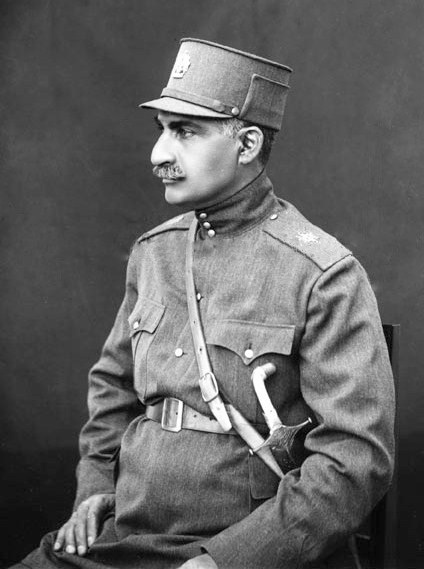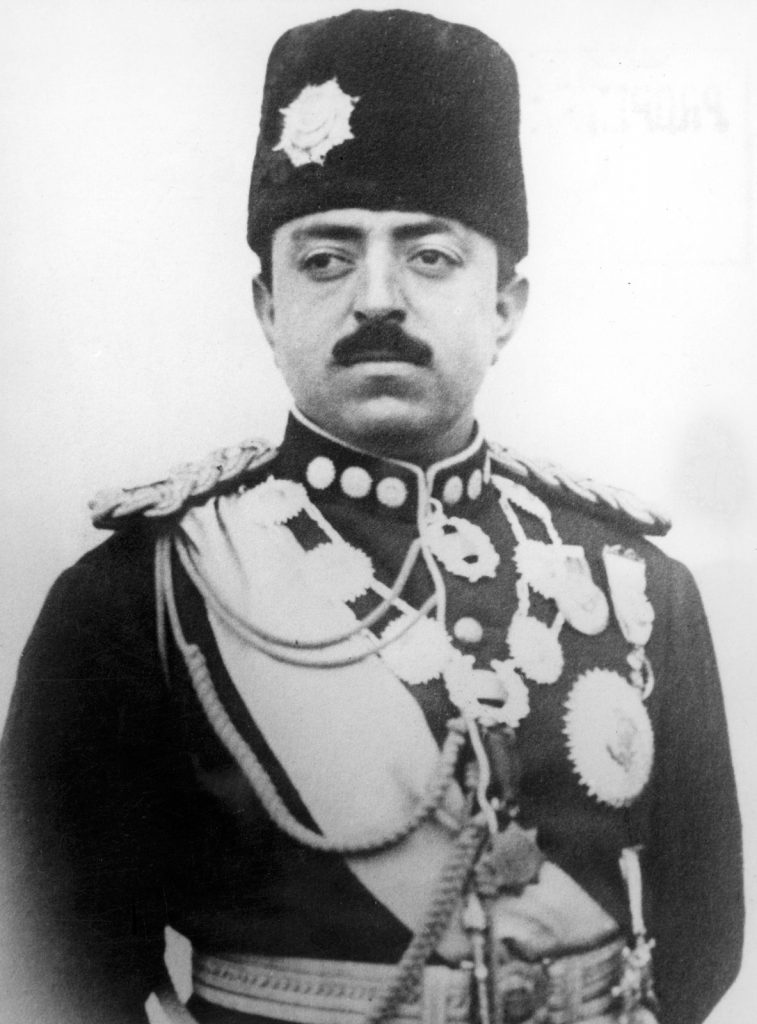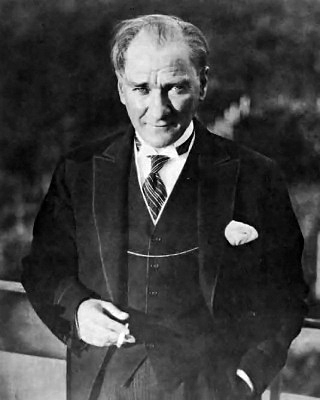20 Modernization Versus Westernization
Alam Payind and Melissa McClimans
The concept of modernity was an important rationale in projects of European imperialism, and is another element that sets this form of colonization apart from older forms of it. They often attributed their global power to it, and thus their entitlement to have authority over other societies. Looking at modernity as a unique European development, however, does not take into account the influence and competition coming from “The East.” Civilizations such as the Ottoman Empire (Casale,2010) were competitors in the global struggle for dominance, alongside European countries.
Thus, modernity remains one of the important ways both insiders and outsiders of the Middle East conceptualize differences between European communities and the rest of the world. It is in terms of global competition toward technical advancement, in many ways. According to Middle East Historian Marshall Hodgson:
“the gap in development between one part of the world and all the rest becomes decisive, and we must understand its character in order to understand anything else.” p. 176, Hodgson, 1974
Hodgson goes on to explain that the gap had more to do with technological leaps which he called “technicalization”. Yet, from a current postcolonial-theory-based perspective, Hodgson’s use of the term “development” remains a bit problematic. Postcolonial theorist discourse has critiqued the term for its implication that certain countries need Europeans to develop them. This is because it ultimately justifies colonial practices based on the need for “help.”
Modernity makes a strong conceptual connection to cultural imperialism for the above reasons. It was both a rationale of European imperialism, and an economic and social influence. Colonizers engaged in committed efforts to create a local workforce literate in not only in their technologies and methods, but in their cultural norms and worldview. Esposito describes the mentality this way:
“Many Europeans believed that modernity was not only the result of conditions producing the Enlightenment and the industrial revolution, but also due to the inherent superiority of Christianity as a religion and a culture.” Esposito, Forward, Tolan et al, 2013, p. x
This also reflects the close link between religion and culture that was the norm at that time, although secularization was also becoming a major force in Europe and the Middle East.
Despite the pronounced influence Europe had on the Middle East, it is an oversimplification to say that the Middle East was modernized by Europeans. There is a long memory in regard to scientific and social advancements we mentioned on page 8, and their significance in the world. The push for modernization was felt most intensely from within, with a constant debate raging about whether that entailed Westernization.
The developed/developing binary is a false dichotomy in many ways. This is partly because modernity has often been defined in contrast with traditionalism. A binary tends to elude critical analysis because of the false choice it presents; that is, they present a superior/inferior construct, with little room for nuance or accuracy. In the case of the modern/traditional binary, it reinforces many stereotypes that justify the domination of “modernized” or “developed” countries. This is part of of the paradigm of linear “progress” that informs mainstream history textbooks.
While there were many modernizing reformers in Arab countries, three non-Arab modernizers stand out from the post-World War I era. Mustafa Kemal Ataturk, of Turkey, Reza Shah of Iran, and Amanullah Khan of Afghanistan worked tirelessly to modernize their countries, and even go beyond Western nations in terms of progressive social institutions and women’s rights. Modernization has been in full force since the 1920s throughout the Middle East. Their social reforms often exceeded the progress in Europe, granting women the right to vote and giving them important roles in the modernizing efforts as educators. Mustafa Kemal Atatürk’s daughter was a pilot. He and other modernizing leaders (see below) implemented liberal secularism throughout government institutions.
Modernizing Leaders:



